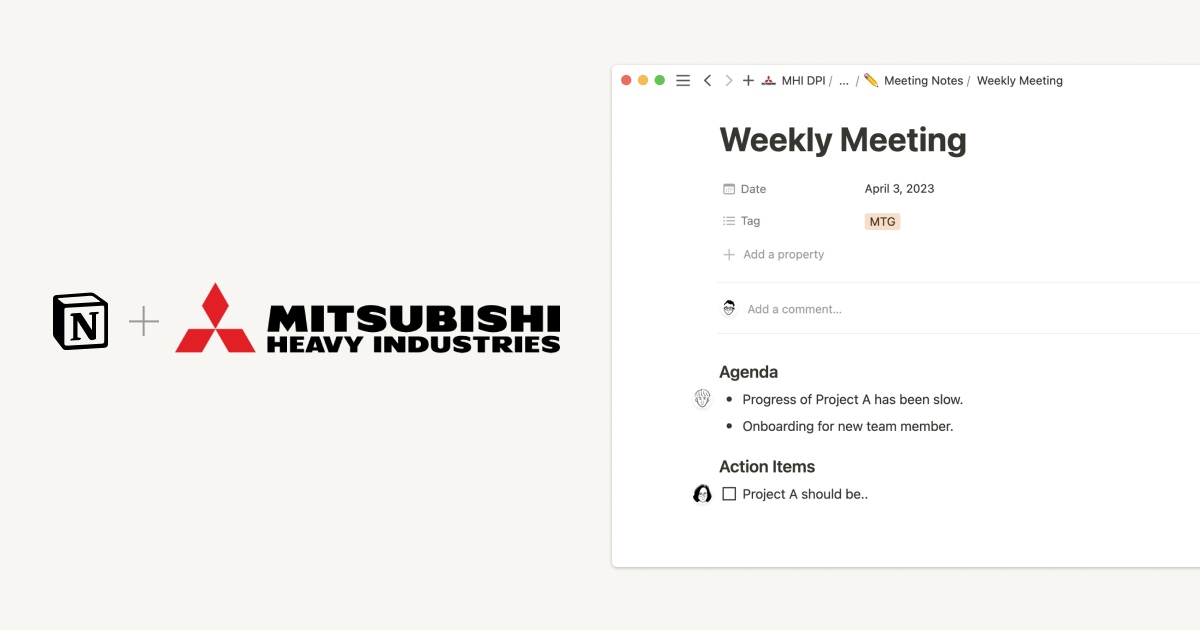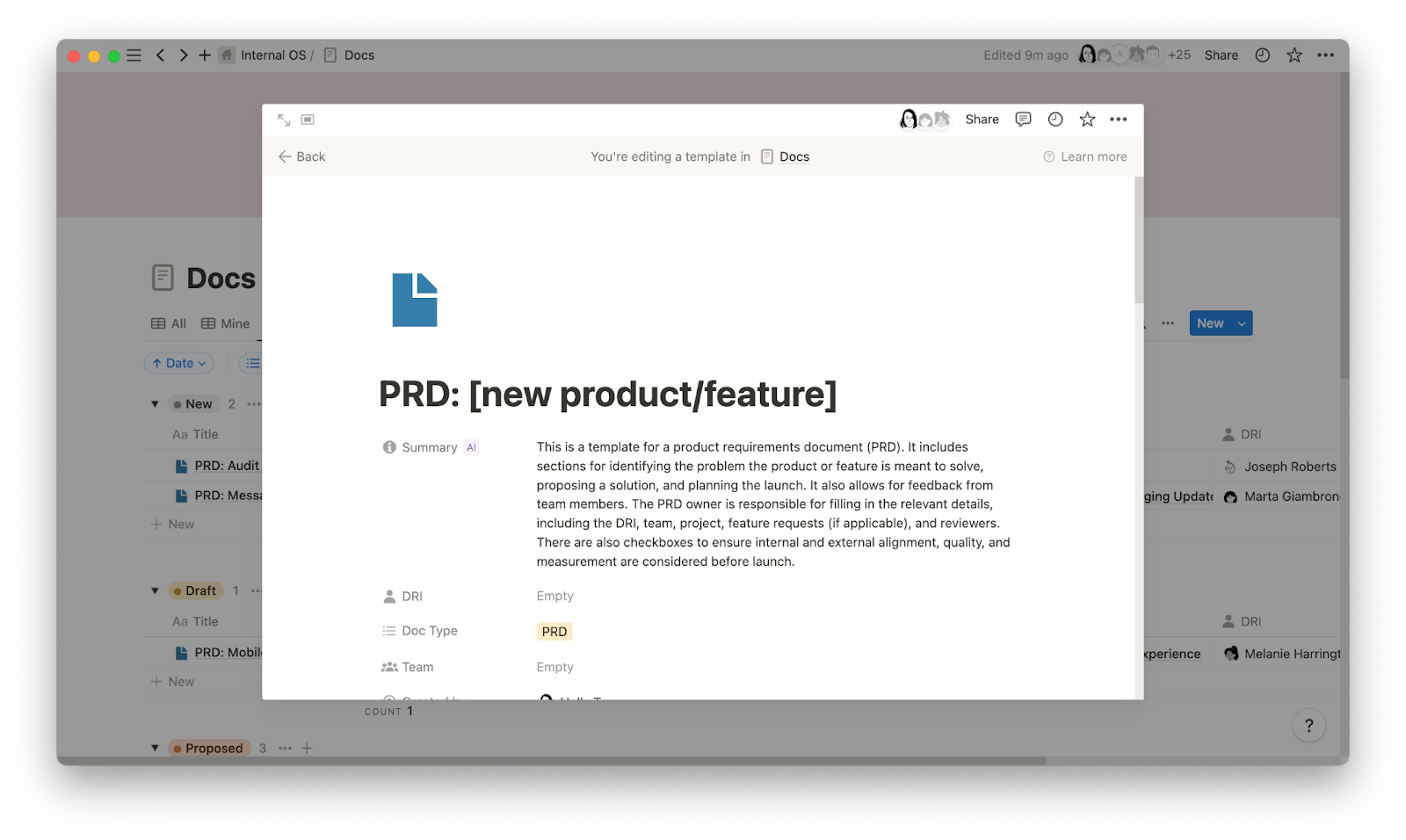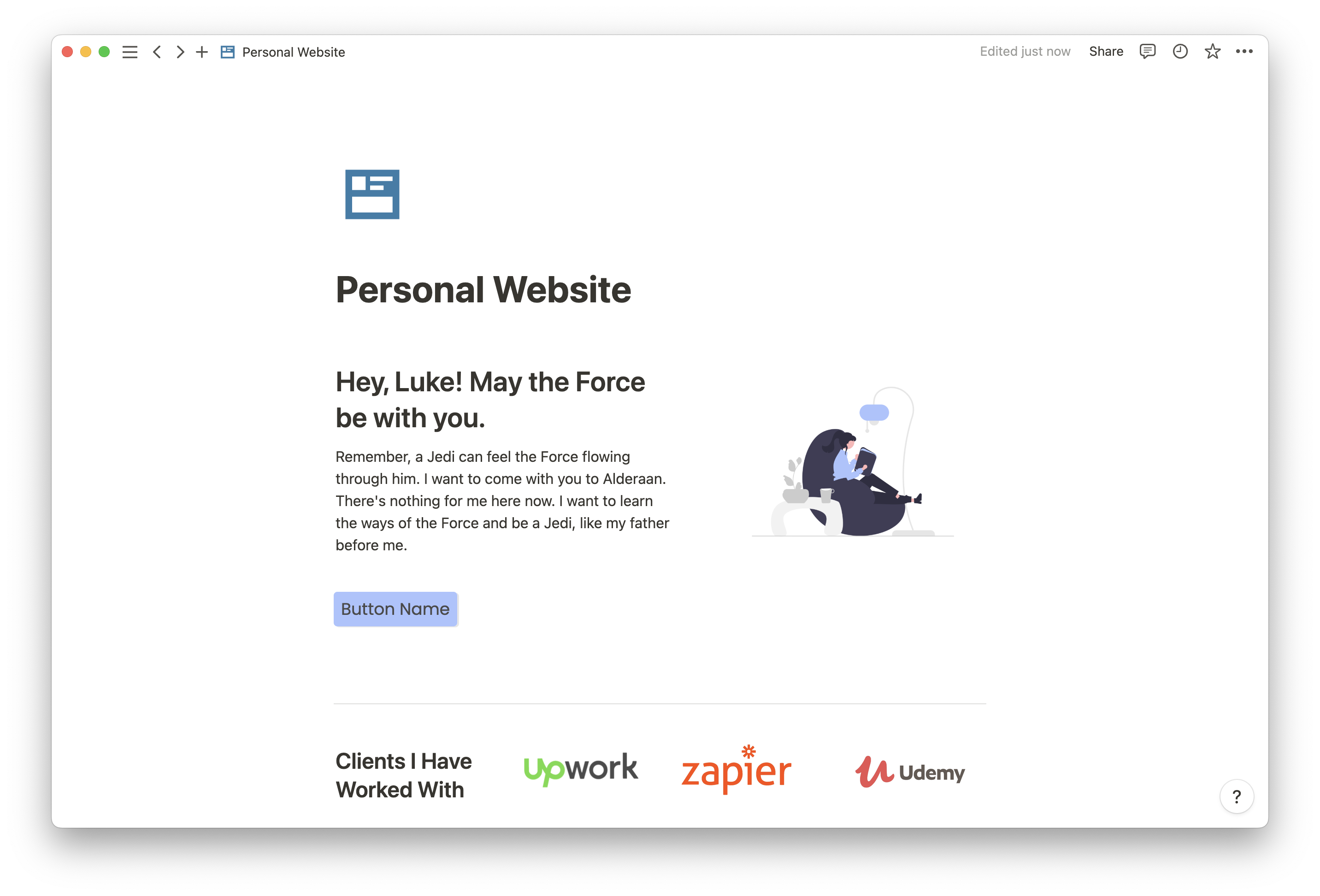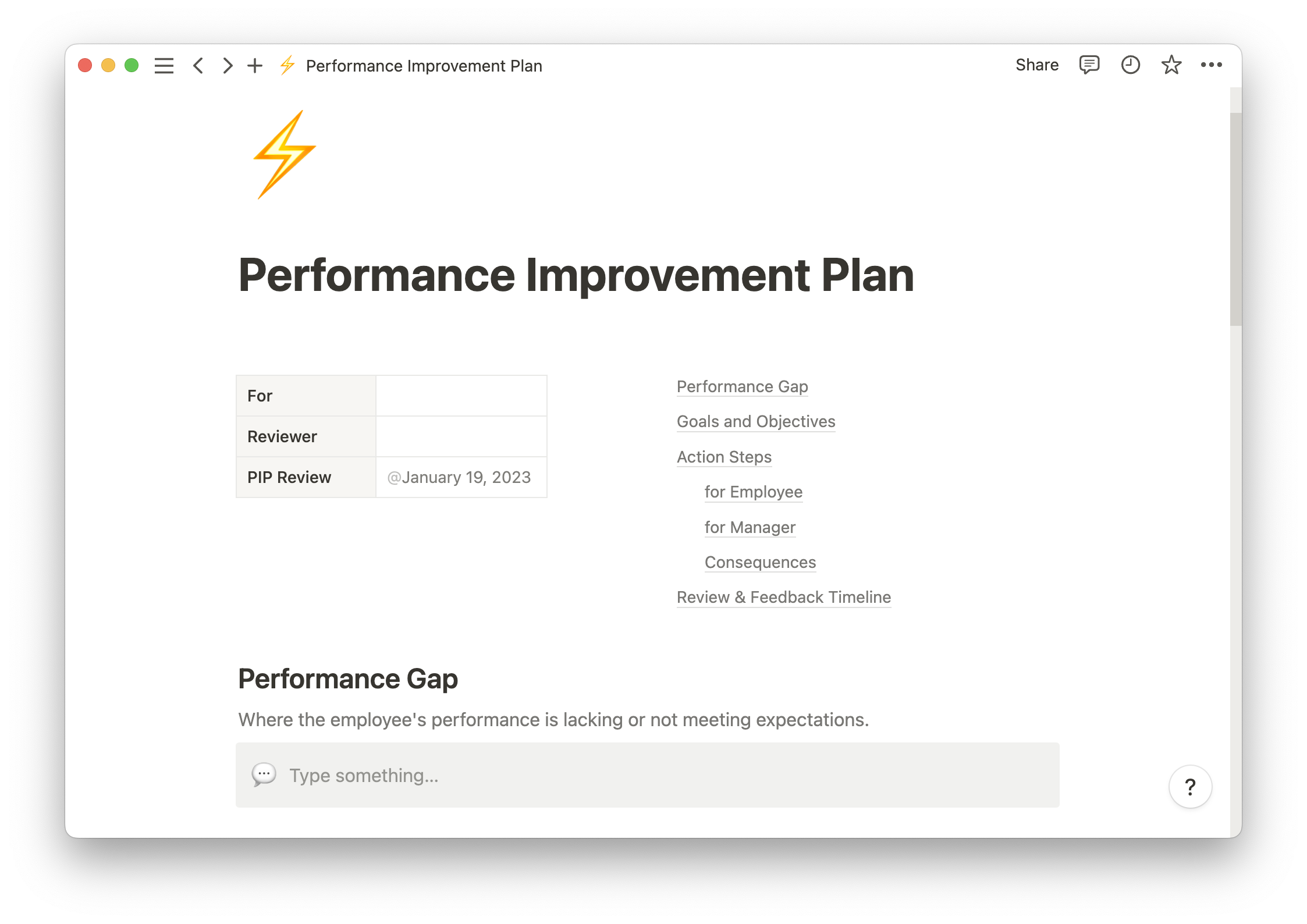Engaged stakeholders shape the direction of a project.
Yet, all too often, you might leave them out of the loop while your team’s working to complete tasks and stay on track.
It’s true that learning how to engage stakeholders can be time-consuming — it involves understanding their diverse interests and building trust through consistent communication. But stakeholders significantly impact a project's success by influencing decisions and securing resources, making them a crucial project delivery factor.
Who are project stakeholders?
Project stakeholders are the individuals or parties involved and have a vested interest in the result of the project. This can include both internal team members who are actively involved in executing the project and external parties or individuals for whom the project's outcome or workflow will have an impact.
Identifying key stakeholders early in the project is essential to understanding their needs, expectations, and influence. These are the four primary types of project stakeholders:
1. Project managers
Project managers are the driving force behind any project. They're responsible for planning, executing, and concluding the project, ensuring it stays within budget and scope.
One of their main jobs is implicating the rest of the stakeholders in discussions and decision-making processes to ensure teams consider their input and needs.
2. Resource managers
Resource managers oversee the allocation of resources, including talent, equipment, and materials. Engaging them helps ensure that resources are available when needed along the and minimizes resource conflicts, like team members scheduled for too many tasks or inaccurate budgeting.
3. Sponsors
Sponsors provide the financial backing and support necessary for the project's completion. Insufficient sponsor support is a major factor contributing to project failures because their engagement is essential for securing funding, approving budgets and plans, and supervising resources throughout the project lifecycle.
4. Customers
Customers are the end-users or beneficiaries of the project's deliverables. Their engagement is vital for understanding their requirements and expectations, which, in turn, influences the project's scope and goals.
What’s stakeholder engagement?
In project management, stakeholder engagement refers to the process of actively involving stakeholders in project planning, decision-making, and execution. It seeks to address their concerns and gather their input to ensure the final result meets their expectations.
Some of the benefits of conducting a comprehensive stakeholder engagement plan include:
Alignment of objectives — engaging stakeholders ensures the project's goals align with the broader organizational objectives. This enhances value and contributes to the organization's long-term success.
Improved decision-making — gathering input from diverse stakeholders leads to more informed and well-rounded decisions. By tapping into their collective wisdom, you can make choices that account for various perspectives and potential impacts.
Risk mitigation — engaged stakeholders can help identify and mitigate potential risks early in the project, reducing the likelihood of later costly issues. Their insights and diverse perspectives contribute to a comprehensive risk management strategy that safeguards the project's success.
Resource optimization — involving stakeholders in resource allocation decisions leads to more efficient use of time and materials. This collaborative approach prevents resource waste and enhances the project's cost-effectiveness.
Enhanced transparency — engaging stakeholders fosters transparency, building trust and credibility. Open communication and information-sharing create a positive environment that encourages collaboration and cooperation.
7 practical strategies to engage stakeholders
All stakeholder engagement strategies require effective communication and a high-level understanding of the project’s objective. Here are seven proven approaches to facilitate the task:
1. Identify stakeholders
Get to know the people involved in your project. Begin by identifying all potential stakeholders, both internal and external — which can include sponsors, employees, and customers. Doing so determines which stakeholders need updates about project progress or who to turn to after encountering certain roadblocks.
2. Stakeholders mapping
Create stakeholder maps to categorize them based on their level of influence and interest. Mapping them hierarchically will help define your key stakeholders and how much involvement or consideration they each need.
A stakeholder map typically takes the form of a visual diagram like a mind map or flowchart. They help you allocate resources and communication efforts more effectively, focusing on engaging and involving stakeholders according to their impact on the project's stages or outcomes.
3. Understand their needs and expectations
After identifying and categorizing your stakeholders, the next crucial step is to delve deeper into their needs and expectations. This lays the foundation for aligning the project with their interests or needs.
Collect some information from everyone to learn their specific requirements and desires related to the project. Ask open-ended questions that encourage them to communicate both their concerns and the potential challenges they foresee. Surveys or brainstorming sessions can both help.
4. Tailored communication
Craft a tailored communication plan for each group of stakeholders. Ensure that your messages are clear, relevant, and delivered through the preferred channels of each group (like emails or weekly meetings). And tailor the language to your audience — when communicating with technical teams, use technical jargon and detailed reports, but focus on high-level summaries and outcomes when addressing executives.
5. Regular updates and two-way feedback
Provide regular project updates to inform stakeholders of progress, changes, and upcoming milestones. Did the team make progress on a crucial feature development? Report that to stakeholders to maintain their interest and trust.
You can also encourage open communication by soliciting feedback. Stakeholders will be more engaged when they feel their insights and opinions matter, ensuring the project's outcome will be a step closer to meeting their needs and expectations.
6. Conflict resolution
Implement a straightforward process for resolving disputes from kickoff. This includes facilitating open communication, objectively assessing conflict, and collaboratively generating solutions when any potential issues arise. Avoiding or neglecting disputes can lead to disengagement or major roadblocks further down the road.
7. Celebrate milestones
Recognize and celebrate project milestones and achievements at each stage of the project’s progress. A goal-oriented approach boosts morale and keeps people engaged, improving everyone’s productivity and motivation.
Discover the best tools to manage stakeholder engagement
Stakeholder management and engagement are vital components of successful project delivery. Selecting the right tools to ease the work is paramount.
Notion's user-friendly and versatile templates allow you to create custom databases, organize task lists, and manage your communication strategy. Plus, you can share the project workspace with everyone involved for improved transparency into progress or delays.
Start your project with a template or follow with a stakeholder walkthrough template. You can also explore the product stakeholders toolkit to better facilitate communication, manage change, and more.






